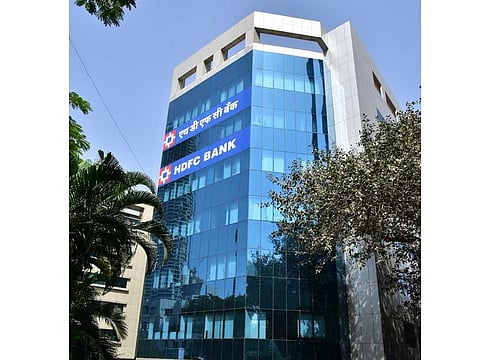India – an attractive investment destination
The government has implemented a number of steps to increase the ease of doing business

The Indian economy demonstrated significant resilience in FY23, with a 7.2 per cent growth rate, the highest among major economies worldwide. This came against the backdrop of sluggish global economic growth, monetary tightening in major economies, a crisis in the US regional banking sector, and the ongoing conflict in Ukraine.
According to the RBI, India is expected to grow by 7 per cent in FY24. The ‘India story’ is built on the fact that it’s a consumption driven economy. Several factors such as demographic dividend, rapid digitisation, a trained workforce, and government’s focus on infrastructure development are in its favour for a sustained economic growth.
India is a skilled and young country, with more than 60 per cent of the population under 30 years old. This twin advantage is a major incentive for businesses to invest in India.
The government has implemented a number of steps to increase the ease of doing business. Prominent changes, such as the Goods and Services Tax (GST) and Make in India, seek to improve the business environment and boost investor confidence.
The government is actively investing in infrastructure projects, such as transportation and energy. These initiatives will not only provide investment opportunities in building and allied industries, but will also help to boost overall economic growth.
India remains a very attractive destination for foreign investors given the macroeconomic stability that the government has been able to achieve even in difficult circumstances. As the world’s attention shifts to India, the country is positioned to play a critical role in moulding the future of the global economy. Despite global headwinds, India remains the fastest-growing major economy and is ready to fire on all cylinders to march towards a $5 trillion economy by 2027-2028.
Sign up for the Daily Briefing
Get the latest news and updates straight to your inbox


